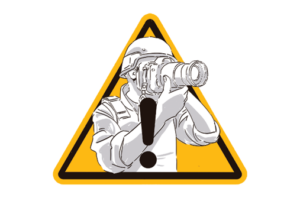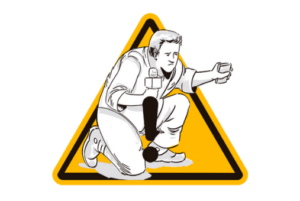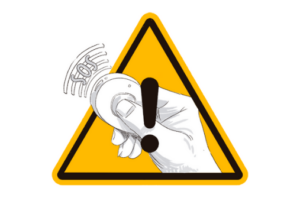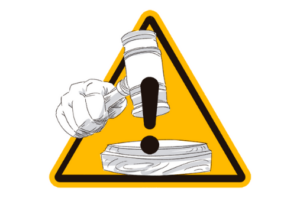The following reports are part of a LatAm Journalism Review project on journalist safety in Latin America and the Caribbean, which is funded by UNESCO's Global Media Defence Fund. The stories focus on prevention of aggressions against journalists in the context of protests and violent conflict; the development of mechanisms to protect journalists from harm and the investigation; and prosecution of cases of violence against journalists. We’ve compiled all of the stories published so far as part of the series, and have linked to them below.

The spike of public protests that sometimes turned violent requires guarantees from the State, but also preparation by Latin American journalists who find themselves in the midst of confrontations. Whether reporting on a demonstration against political corruption or rises in bus fare or illegal logging, preparing for these kinds of assignments can involve not only research into the people and issues involved, but also how to protect oneself from potential violence.
Journalists report cases of violence suffered during coverage of protests in 2021 in Latin America
Preparation and follow-up to trauma are keys for journalists covering protests in Latin America

Whether in Mexico or Ecuador, as in Colombia, Honduras or Nicaragua, the coverage of violence has posed new challenges for journalists, because the traditional concept of armed conflict is being challenged in the region. The diversity of armed groups also means broadening the definition of the term. It is not just regular security forces, such as armies or police, and paramilitary groups such as guerrillas, but it can also involve drug traffickers, gang members or private security forces.
Covering violent conflict: For Latin American journalists, the challenge is in their own communities
How to stay safe while covering violent conflict in Latin America

As violence against journalists has increased in Latin America, several countries have created protection mechanisms designed to implement safety measures for journalists reporting attacks or threats against them. This trend intensified after 2012, when the United Nations launched its Plan of Action for the Safety of Journalists based on the “three Ps”: prevention, protection, and prosecution.
A wave of attacks against journalists triggers calls for a protection mechanism in Bolivia
A protection plan for journalists in Guatemala that was dead on arrival
Law to enhance protection of Salvadoran journalists stuck in congress while attacks increase

Across Latin America, governments have attempted different models to investigate and prosecute attacks against journalists. It is evident that there is no unified model for creating an office to investigate and prosecute crimes against journalists. Some countries have special prosecutors, while other countries have investigative units. Moreover, the results of their efforts are often difficult to track, according to experts.
Prosecuting crimes against journalists in Latin America: the key to ending impunity
Justice for journalists in Guatemala: Prosecutor archives more complaints than it brings to trial
